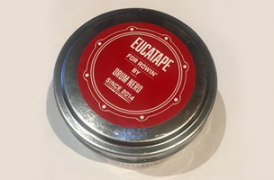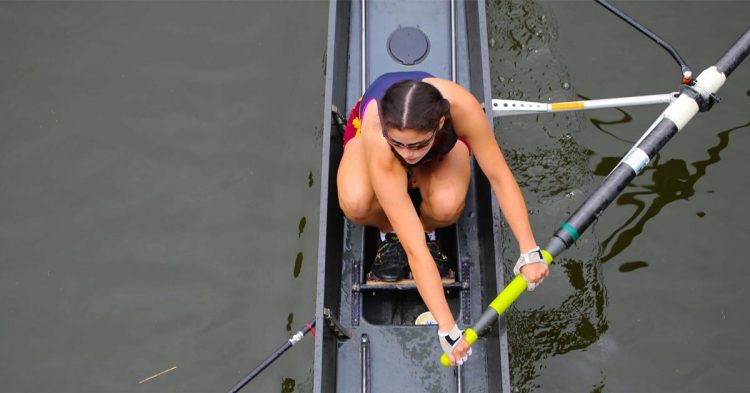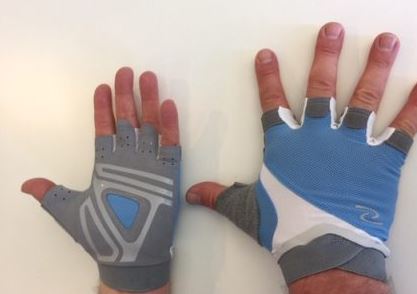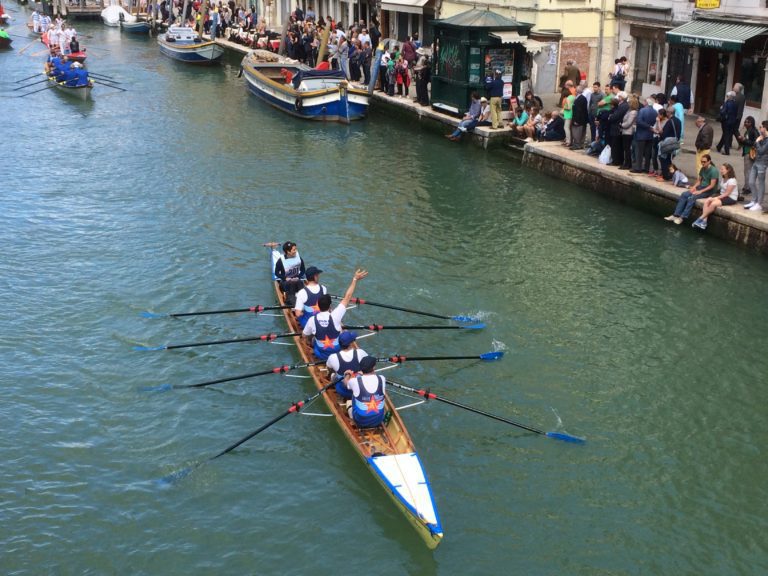What happens if despite your best efforts you finish the row with a new set of blisters?

Rowing blisters are our most common injury. Many are the theories and practices but here’s what I do and what I advise my athletes to do:
- The blister is still raised and filled with fluid. Use a sterilised needle (pour over boiling water or dip in meths) to pierce the blister and drain the fluid. Press the blister flat and apply some antiseptic cream. Cover with a band-aid that will protect it from being knocked but allow air to get in.
- The top layer of skin on your blister has torn or been rubbed away leaving raw skin. Hold your hands in hot soapy water, as hot as you can stand, for as long as you can stand. This will clean the wound and also gently dry out the skin. Cover with a band-aid if necessary.
- The skin surrounding the blister looks red and inflamed. Treat as above, repeating several times during the day. If after a couple of days it’s still looking angry get treatment from a doctor.
- The raw skin is cracked. Apply antiseptic cream (Vaseline also works) and a band-aid to keep the skin moist and to help it heal. I’d usually keep it moist during the day and leave it open to dry a little overnight.
- The new skin has formed but the old skin is torn, ragged and hardening around the edge. Trim with sharp scissors or a razor blade (yes, I have seen teeth used for this operation but they’re not really designed for it) until there are no flaps and the surface of your skin is uniformly smooth.
- The blister is healed but has left a hard and raised callus. Use pumice, a file or sandpaper to reduce the thickness of the skin until the surface of your skin is uniformly smooth; this is easier after a few minutes soaking in hot water.
Prevent blisters
Use our unique Rowing blister tape – impregnated with eucalyptus and with a smart adhesive that binds to your skin without tearing, this could be your prevention as well as cure!


Top Tips for use
- Always cut the tape with scissors – the raw edges can roll up if you tear the tape
- Always tape your hands 20 minutes BEFORE rowing so it has time to bind strongly to your skin
- When taping your palm, it can be a good idea to cover the tape with a glove or with electrical tape to give additional protection from rolling up.
Buy Rowing Blister Tape from the Rowperfect Store
[block id=”adsense-below-the-fold”]
Why not meths?
Sooner or later in your rowing career some sadist is going to promote meths as the cure-all for blisters – here are the reasons you should stop listening to them:
- Meths will kill living tissue; that’s not a good way to promote healing
- Meths dries out your skin very quickly and is likely to cause it to crack before it heals. These cracks are harder to heal than the open skin – that’s longer with damaged hands.
- Meths makes the top layer of your skin hard and unyielding; I’ve seen blisters forming under the hard layer which go deeper and are more painful.
- Meths stings like billy-o – haven’t you endured enough pain already?
Ok – how about rowing gloves?
Well, you could but you’re going to have to be extremely nice in your requirements: they will need to be tough and supple, thin enough to feel the handle, tight enough 

What you don’t want is the glove material bunching up giving you something else to pinch your skin against, something else to cause blisters. Nor do you want anything to make your hands sweat so that they start slipping inside the glove.
No really, you’re better off conditioning your hands and accepting the odd blister along the way.
Buy our Rowing Blisters ebook
From prevention to cure, with heaps of useful information on how to take care of your rowing hands, legs (slide bites) and other water-born diseases. Buy one copy and share it around (it’s a pdf)





